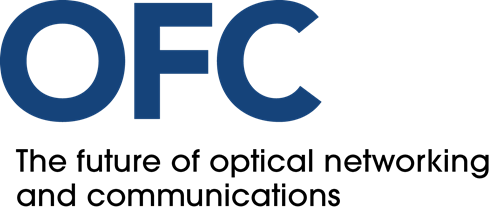SC526 - Optical Wireless Technologies, Systems and Applications
16 Mar 2026
13:30 - 16:30
Short Course Level
Advanced Beginner
Short Course Description
The course focuses on the design of optical wireless transmission systems for high-speed optical wireless communications, including applications such as outdoor point-to-point free-space optical (FSO) links for both terrestrial and non-terrestrial use, as well as underwater optical wireless transmission systems. It covers essential technologies and inherent limitations, such as the conservation of étendue, optical passband shift, and eye safety considerations. Participants will gain insights into key system components including optical sources, detectors (such as photovoltaic cells), and imaging and non-imaging optics. Physical layer technologies are also explored, including angular diversity receivers, multicarrier and spatial modulation, and wavelength division multiplexing (WDM).
The course further addresses multiuser access, multi-beam transmission systems, and co-channel interference management, highlighting their importance as foundational elements for a range of optical wireless systems. In addition, it showcases the capability of optical wireless networks to serve as indoor location and positioning sensors. The programme concludes with an overview of the recently released IEEE 802.11bb LiFi standard, providing participants with a comprehensive understanding of the latest developments and future direction in the field of optical wireless communications.
Short Course Benefits
This course should enable participants to:
- Analyze trade-oTs in optical transceiver design parameters - conduct a comprehensive evaluation of bandwidth, field-of-view (FoV), and size requirements, elucidating the trade-oTs involved in optimizing optical transceiver performance.
- Evaluate modulation techniques for optimal performance metrics - focusing on energy eTiciency, spectral eTiciency, and implementation complexity.
- Quantify signal-interference-plus-noise ratio (SINR) and system capacity in multi-access point indoor environments
- Strategize solutions for overcoming line-of-sight obstructions
- Elucidate core OWC features for indoor user and asset localization
- Summarize key aspects of IEEE 802.11bb standard
Short Course Audience
- Telecommunication Engineers
- Researchers in Optical and Wireless Communications
- Industry Professionals
- Graduate Students
-
Harald Haas
University of Strathclyde, United Kingdom
Professor Harald Haas, FIEEE, FREng, FRSE, FIET, is the Van Eck Professor of Engineering at the University of Cambridge and Director of the LiFi Research and Development Centre. He coined and demonstrated LiFi in a 2011 TED Global Talk. Haas has co-founded pureLiFi Ltd. He currently leads the UK’s national research hub, TITAN, focused on the Network of Networks. He has delivered OFC short courses (2017–2019, 2024–2025) and IEEE ComSoc lectures (2017–2021).
